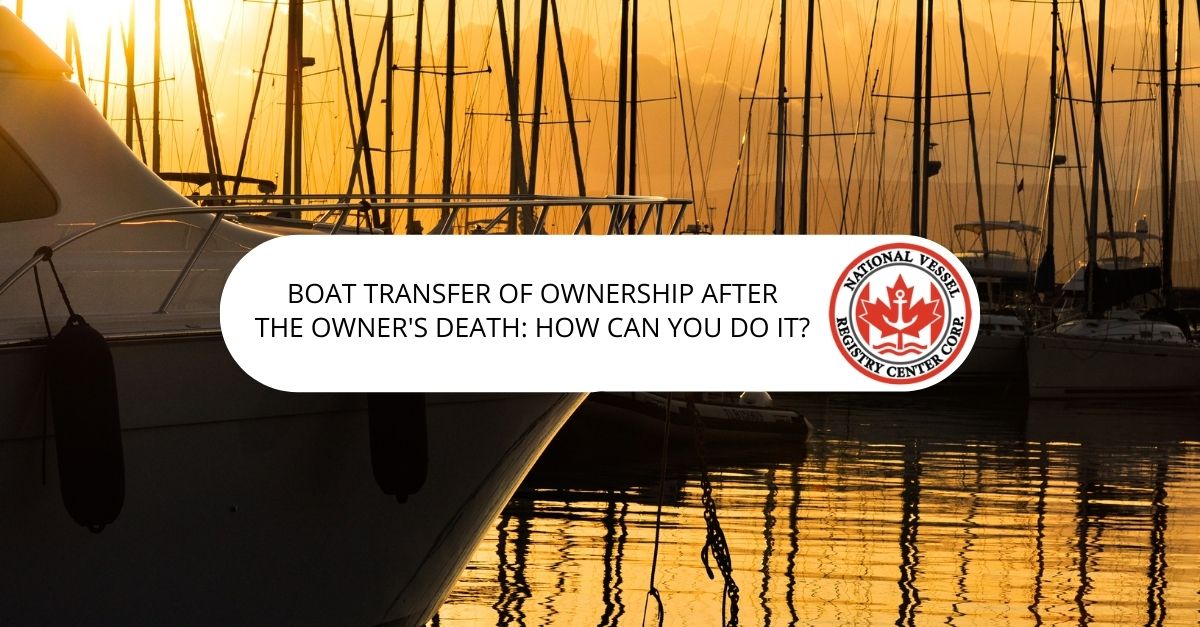The loss of a beloved person is always something sad, even when we grow old and we know how nature’s cycle ends. Although it can be hard to deal with, you can do a transfer of ownership so grandpa’s weekend ship where you spent many holidays can still be of use.
The last thing you will be thinking about when someone passes away is what to do with the physical things they left behind. But sooner or later, the law and the government require paperwork to be done, both for the deceased one and for his or her assets.
Getting On With The Transfer of Ownership
Once the grief starts to dissipate as you deal with the situation, you should look after the legal aspects of it. When a person dies, there is quite some documentation involved that the family has to take care of. If the deceased one owned a vessel registered with Transport Canada, then keep on reading to find what do you need to transfer it to someone else.

The process of transferring the shares from one deceased person to another is called ‘transmission’. The boat can be registered to an individual owner or could be co-owned. There are some differences between the procedures for each situation. When an individual owner dies, their shares in the vessel become part of their estate. It is settled by the estate executor. When a joint owner dies, their shares pass to the surviving registered joint owner(s). The second one is often common if the ship was bought after getting married.
Required Information To Fill The Form
To get started with the ownership exchange, head to the National Vessel Registry Center website and look for the ‘Registry Forms’ option. At the bottom options, you can find a tab that reads ‘Transmission of death/bankruptcy’.
Start by writing down the vessel’s official number. The port of registry and name of the vessel are not mandatory if the boat is registered under the Small Vessel Registry, only if it is under the Canadian Registry of the Vessel. The next step requires your personal information: full name, address, a number to contact you, an email address, and the language in which you want the certificate.
Next up comes the details of transmission. You have to specify whether the process is being required by an individual, corporation, foreign corporation, or Indian band and how must you/them be registered. Select if there is any registered mortgagee as well. Write the full name and address of the authorized representative, how the shares of the vessel have been transmitted (death, in this case), and the manner in which the property has been transmitted.
Depending on who is requiring the transfer, you have to fill in the blanks of the chosen option. Provide the contact information with an email address, telephone number, and full name. Pay the fee for the application with your credit card information and that would be it. You can additionally select rush processing if you need to, for an extra fee.
We Are At Your Service
Dealing with paperwork and legal matters like the transfer of ownership is already exhausting, not to talk about when you have to do it in difficult circumstances like this. The National Vessel Registry Center makes it easier for you. The process is rather simple and fast.
Questions? Need assistance? Feel free to contact us at any time. An operator will get back to you as soon as possible to help you out.

